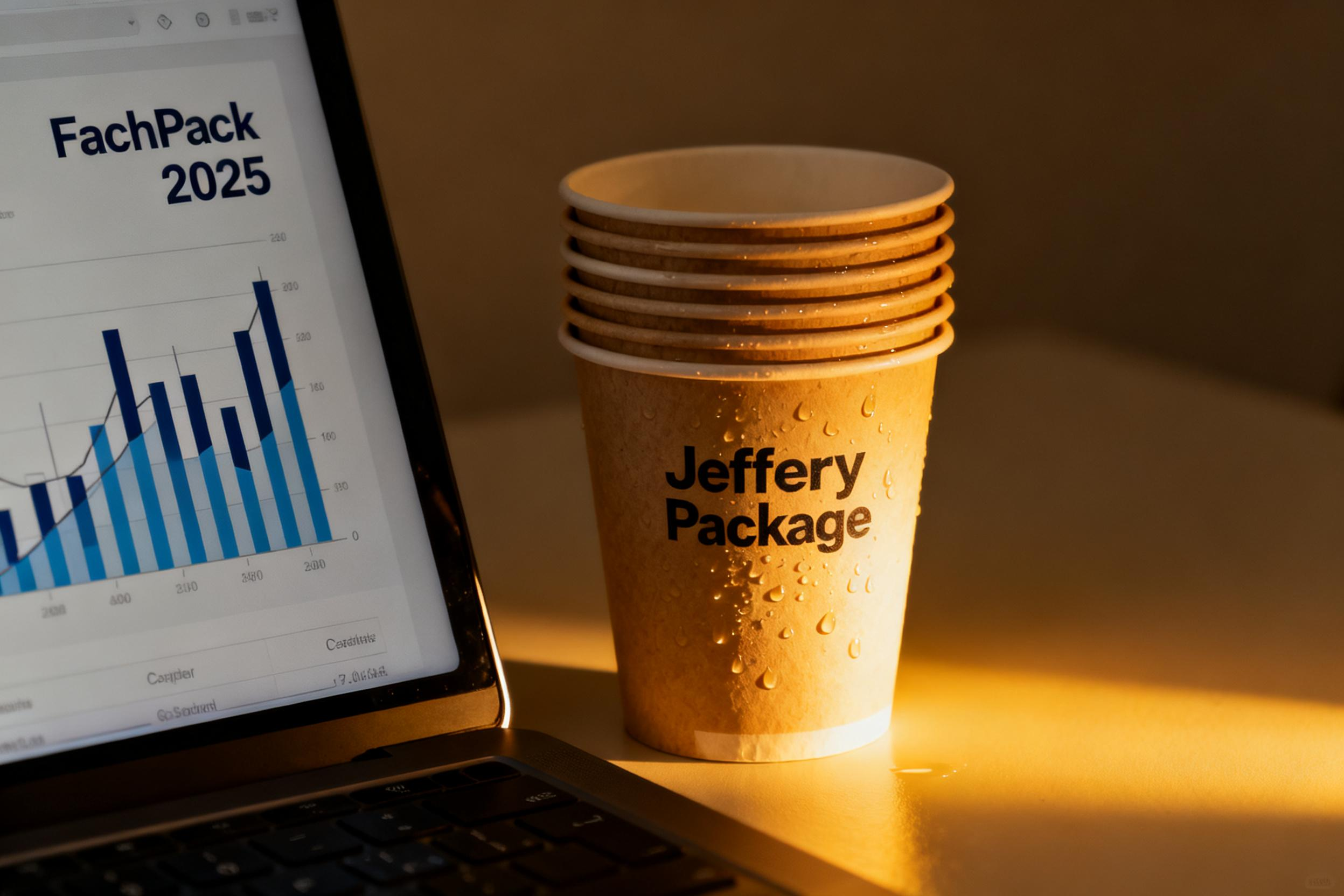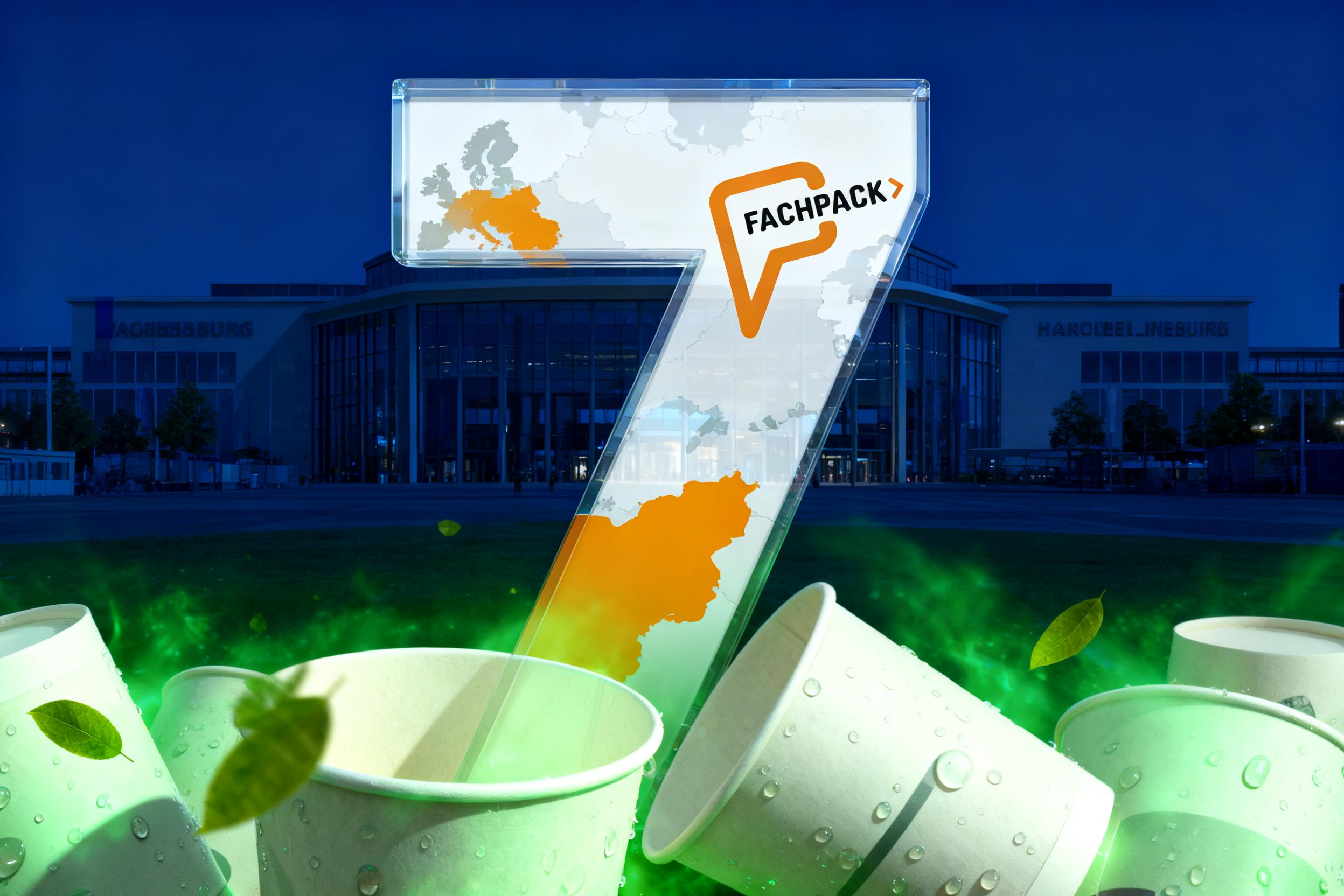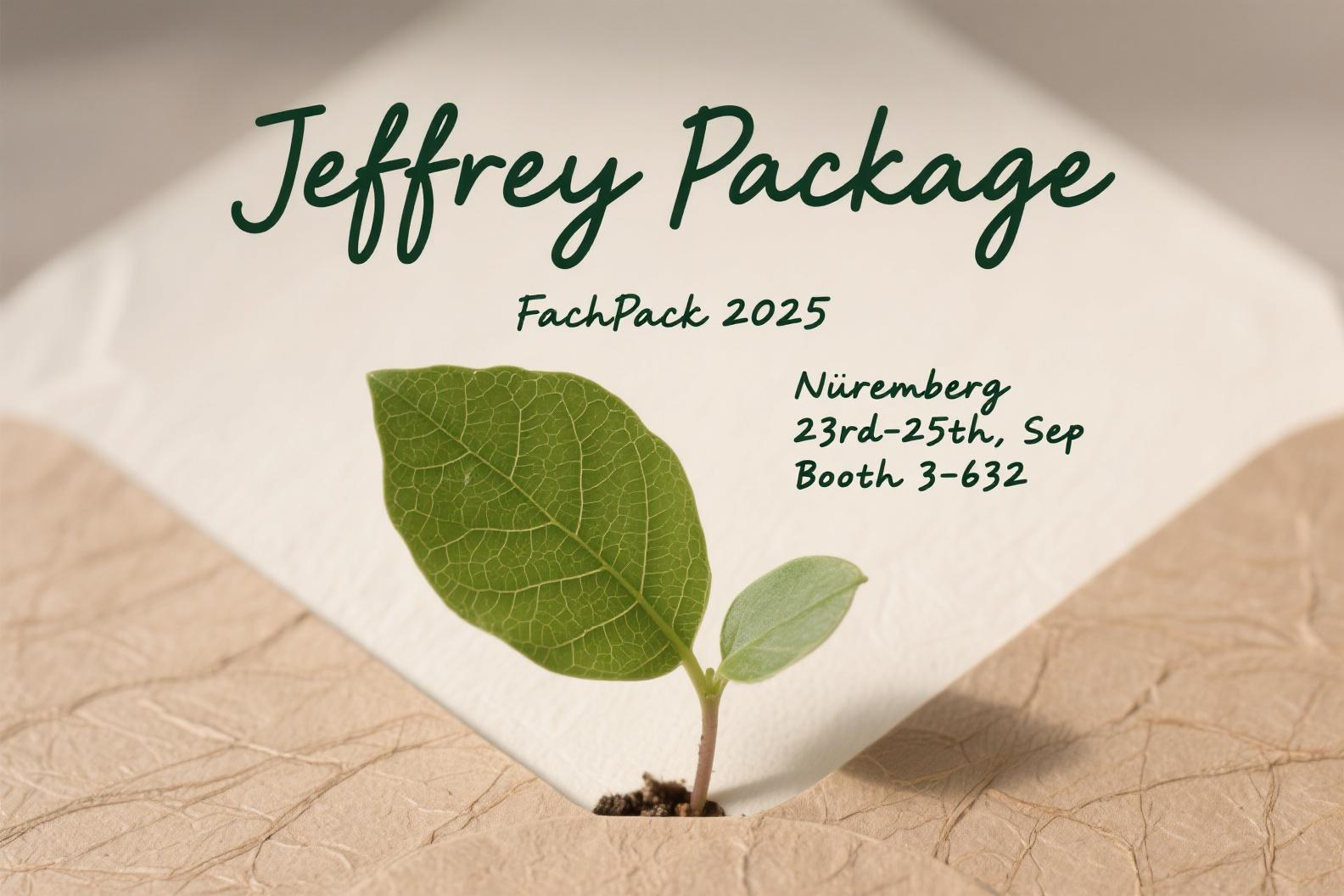Beyond Awareness: How Paper-Based Packaging Innovations Break the Plastic Habit at the Source
From Water-Based Coatings to Plastic-Free Designs—Three Product-Centric Strategies for a Circular Future
While consumer education matters, true plastic reduction begins with reengineering packaging itself. Here’s how brands leverage material science to eliminate plastic—without sacrificing function.
1. Strategy 1: Minimize Plastic Content with Smart Material Engineering
The Problem: Traditional paper cups use 15–20% PE/PP coatings, contaminating recycling streams and generating microplastics1.
The Solution: Ultra-thin, high-barrier coatings that slash plastic content below 5%—meeting global kerbside standards (e.g., UK’s FPA proposal).
Innovations Leading the Change:
-
Water-Based Coatings:
-
60% thinner than PE—while providing water resistance for food packaging.
-
Impact: Reduces coating weight to 3%-4.8%, enabling paper bin recycling globally.
-
-
High-GSM Paper Substitution:
-
300-340 GSM kraft paper + water-based coating replace PE coatings, cutting plastic use greatly.
-
2. Strategy 2: Choose Truly Circular Materials—Water-Based & Beyond
The Problem: “Compostable” PLA often requires industrial facilities, while PFAS coatings poison soil.
The Solution: Bio-based, non-toxic coatings that degrade in natural conditions and integrate with paper recycling.
3. Strategy 3: Go 100% Plastic-Free with Molded Fiber & Structural Design
The Problem: Plastic-lined boxes and multi-material composites (e.g., paper+aluminum) cripple recycling.
The Solution: Mono-material paper systems leveraging natural fibers and geometric ingenuity.
Pioneering Designs:
-
100% Paper Solutions for take-away business
-
100% paper or bamboo paper + without coating; waterproof, and backyard-compostable.
-
The Business Case: Compliance, Cost & Consumer Trust
Adopting plastic-light or plastic-free packaging delivers triple wins:
-
Regulatory Shield: Avoids EU plastic taxes (£210/tonne), China’s PE bans, and EPA PFAS fines.
-
EPR Savings: Water-based cups reduce recycling fees by 30% under Extended Producer Responsibility scheme.
-
Brand Lift: 76% of EU consumers pay premiums for home-compostable packaging.
Conclusion: The Path to Genuine Plastic Reduction
Breaking the plastic habit requires redesigning packaging from the molecule up:
-
Engineer out plastic with sub-5% coatings and high-GSM paper.
-
Select circular materials that harmonize with nature.
-
Embrace mono-material designs (cupstock paper or bamboo fiber paper) for zero-compromise circularity.
“The future of packaging isn’t ‘less bad’—it’s actively regenerative.”
Act Now:
-
Download our Plastic Reduction Material Switcher Toolkit: www.jfrpack.com
-
Join the 100% Paper Challenge: we are happy to discuss for a better solution with you.





